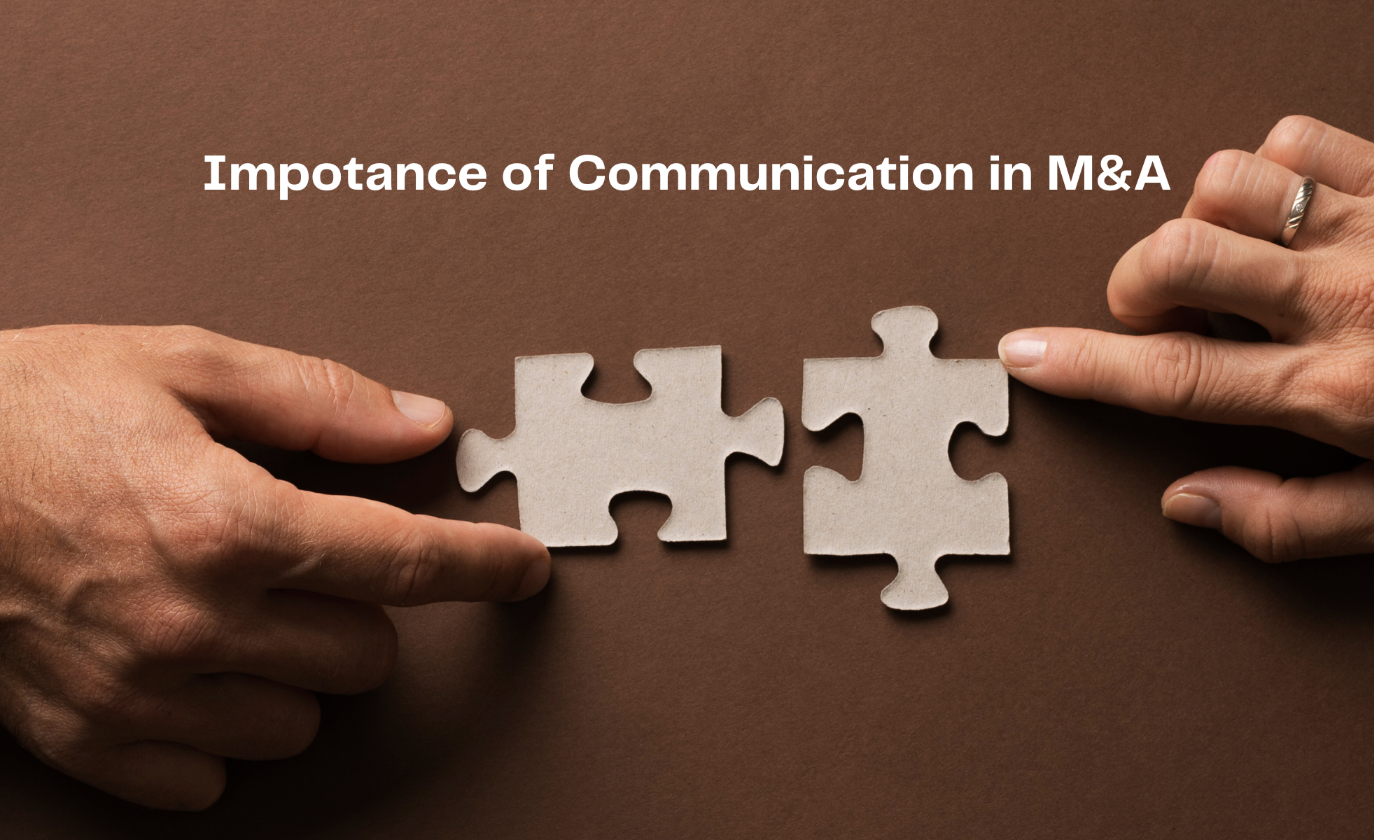Introduction
In the dynamic landscape of mergers and acquisitions (M&A), effective communication plays a pivotal role. Whether you’re a seasoned executive, a financial analyst, or a legal advisor, understanding the significance of clear and concise communication is essential.
Effective corporate communication during mergers and acquisitions can help enhancing the commitment towards the integration process, can prevent arising uncertainty or resistant to change, and increases the trust towards company management in the times of organizational changes
Mergers and acquisitions involve the integration of two or more organizations, aiming to achieve synergies, enhance financial power, expand market share, or improve operational efficiency. However, this process is not without challenges. Here’s why effective communication matters:
Navigating Complexity
M&A deals involve intricate negotiations, due diligence, and legal processes. Without effective communication, misunderstandings can arise, leading to delays, disputes, and even deal failures. Clear communication ensures that all parties comprehend the terms, risks, and benefits associated with the transaction.
Stakeholder Alignment
Successful M&A requires alignment among various stakeholders – company executives, shareholders, employees, and regulators. Each group has distinct interests and concerns. Transparent communication fosters trust and helps align these diverse perspectives. Regular updates, town hall meetings, and Q&A sessions facilitate a shared understanding.
Cultural Integration
When two organizations merge, their cultures collide. Employees may feel uncertain about changes in leadership, work processes, and company values. Effective communication bridges this gap. Leaders must articulate the vision for the combined entity, address cultural differences, and emphasize shared goals. A well-communicated integration plan eases the transition.
Managing Expectations
Unrealistic expectations can derail M&A deals. Communication sets realistic timelines, clarifies roles, and manages expectations. For instance, communicating the integration roadmap—milestones, synergies, and potential challenges—helps stakeholders prepare mentally and emotionally.
Mitigating Rumors and Anxiety
M&A transactions often spark rumors and anxiety among employees. Clear communication minimizes uncertainty. Regular updates on progress, FAQs, and open-door policies create a supportive environment. Addressing concerns promptly prevents misinformation from spreading.
Conclusion
Effective communication isn’t a luxury; it’s a necessity in M&A. By finding common ground, stakeholders can collaborate, make informed decisions, and drive successful deals. So, whether you’re drafting an email, leading a meeting, or preparing a presentation, remember: every word matters.
“It’s super important that we communicate what we can in the right frameworks, bringing certainty and information to the people.”
The aims of communication during a merger highlight the aspects which the theoretical framework assesses. Communication during mergers and acquisitions aims to increase the understanding of the process, but also to engage and motivate company stakeholders to be a part of the integration of the companies.
At Mantraa Advisory Limited, we don’t just advise; we compose symphonies. Our communication strategies resonate across boardrooms, cubicles, and corridors. We harmonize ambitions, ensuring that M&A isn’t a mere transaction—it’s a transformational overture.

